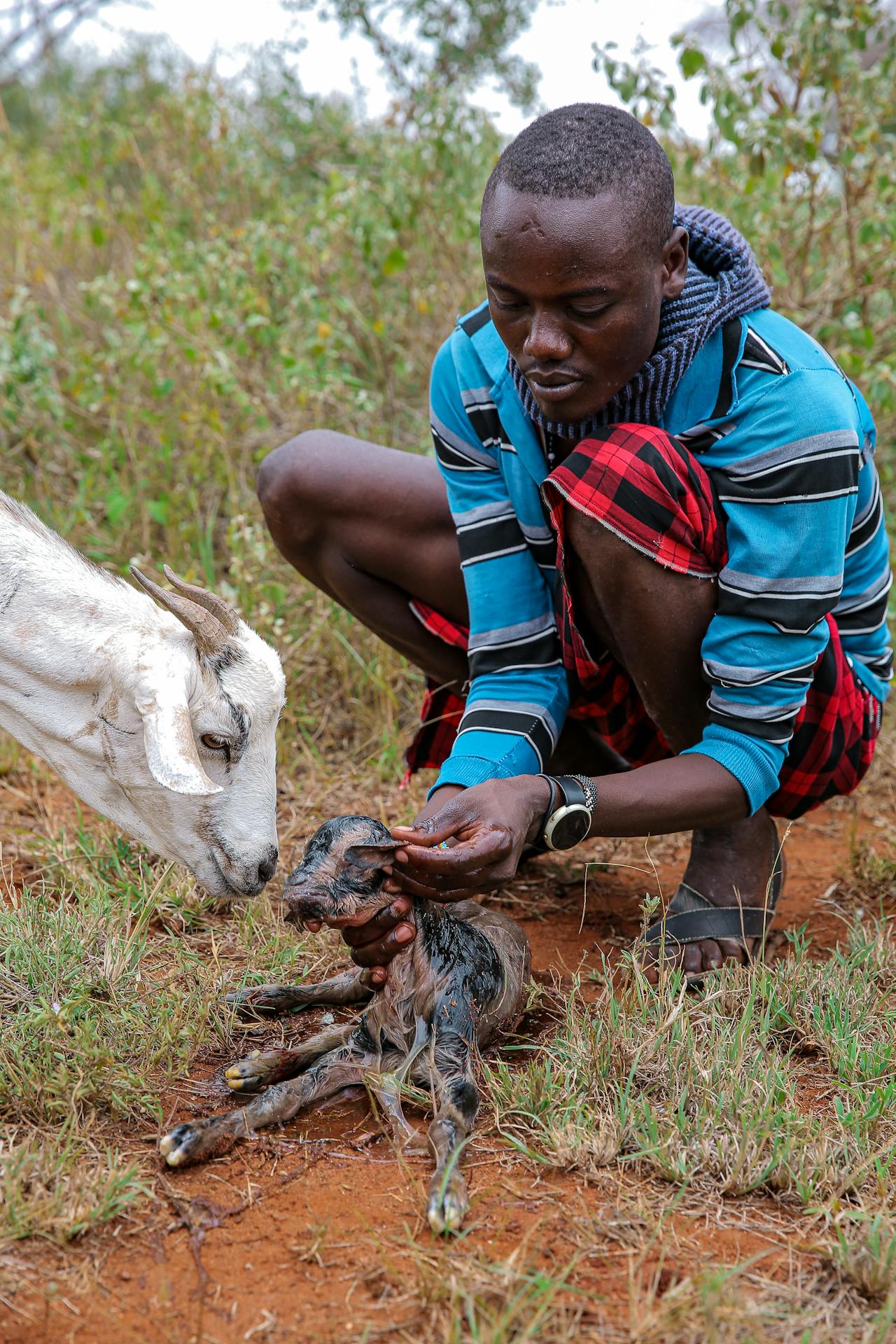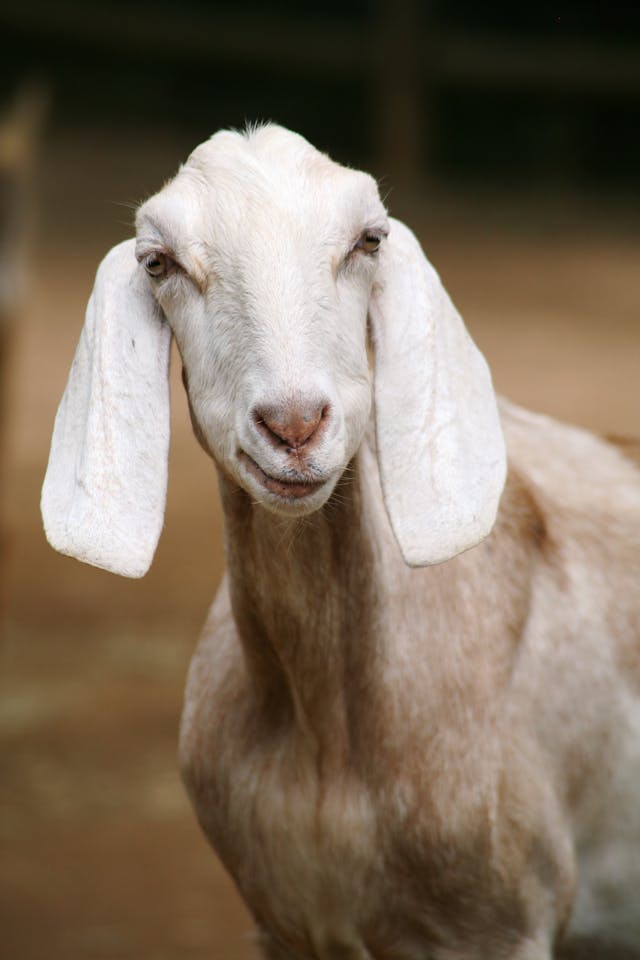Blog
Can insurance help African pastoralists escape poverty traps in the face of climate change?
Drought is a leading cause of persistent poverty and humanitarian crises among pastoralists in East Africa. In a new book in the UNU-WIDER and Cambridge University Press Elements in Development Economics series, we examine the evolution, evaluations, and growth of the Index Based Livestock Insurance (IBLI) product. This innovative insurance offers formal catastrophic drought coverage to pastoral populations in the region for the first time. The IBLI story provides insights into how poverty and risk management interconnect in the drylands and illustrates the science of scaling innovation in development programmes.
IBLI originated from research identifying drought as a primary driver of poverty among pastoralists in East Africa’s drylands. While conventional loss-indemnifying insurance is used to mitigate the impacts of weather shocks in many agricultural settings, such products require risk and loss data that are unavailable and extremely expensive to collect in this setting. As a result, no insurance product previously existed to protect pastoralists in the region from drought’s impacts.

IBLI uses an index based on open access, remotely sensed vegetation data, which correlates with average herd mortality in northern Kenya. IBLI compensates clients when forage conditions fall significantly below normal, as is typical during drought. The policy design, premium rates, and payouts rely on historical and current index values rather than policyholders’ actual losses, eliminating the need for costly field data.
IBLI was first launched in 2010 by a Kenyan insurance company supported by international reinsurance, which effectively transfers local drought risk to global capital markets. Although there were several theoretical reasons to believe that insurance coverage could benefit pastoralists, the development sector is filled with innovations that initially seemed promising but ultimately failed to deliver, often for unclear reasons. To avoid this, we embedded a rigorous impact evaluation design into the commercial pilot to measure its effectiveness.
As positive results emerged, national and international stakeholders began integrating IBLI into their policies and programming. At the same time, new insights from remote sensing scientists significantly improved the product by advancing indemnity payouts by several months. This change allows policy holders to use payouts to mitigate the emerging effects of severe drought before losing livestock, rather than receiving partial reimbursement for cattle after they had died.
As governments, development organizations, and humanitarian agencies’ interest in IBLI grew, IBLI coverage expanded from about 60,000 km2 in 2010 to well over 400,000 km2 by 2020, encompassing an area with over 6 million people. This growth reflects increased investments from private insurance firms, national governments, and NGOs. The logic underpinning IBLI’s core design has also proven scalable in other ways. For example, the sovereign-level insurance provider Africa Risk Capacity integrated a rangeland component to its products that is based on the IBLI’s logic.
Despite its promise, scaling IBLI introduced challenges. Firstly, developing a new insurance market was costly, involving large investments in training agents and promoting product awareness. During IBLI’s pilot phase, researchers shouldered many of these activities and their expenses, which were not factored into the premiums. As IBLI expanded, local insurance companies took on these costs, developing diverse market strategies with mixed success.
In many cases, private insurance firms offered (and continue to offer) insurance at commercial rates across large regions, but within those regions, public funds supported extension activities or subsidize insurance purchases for targeted individuals. In one case, the Government of Kenya began purchasing IBLI under its new Kenya Livestock Insurance Program on behalf of targeted pastoralists. Meanwhile, insurance companies continued to market IBLI commercially where they could make a profit.

A second challenge emerged as the number and diversity of stakeholders increased, each with their own goals. Understanding the product was already difficult for a population unfamiliar with formal financial institutions and products. The opportunities for misunderstandings increased when different products that can payout at different times were sold under the same or similar names, when subsidies create variation in pricing, or when different organizations provided inconsistent information. These issues intensified as research focus decreased and the International Livestock Research Institute (ILRI) reduced its central role in the IBLI agenda. ILRI had been crucial in coordinating efforts and ensuring product quality. Without this central actor, the risk of diminished consumer protections grew, either through product quality or misleading sales tactics.
A third challenge is that for IBLI to effectively enhance drought resilience, clients also need access to complementary goods and services. Ideally, insurance would enable risk-constrained pastoralists to adopt more productive strategies during non-drought seasons, and payouts could fund purchases like food and livestock inputs ahead of crises. However, these protective purchases depend on access to robust, well-integrated markets. While IBLI can help address the gaps in financial markets, it is not a complete solution and works best within a supportive environment.
As public investments in IBLI grow, addressing these challenges will be crucial to ensuring the sustainable delivery of quality insurance that truly benefits pastoralists. This book highlights the lessons learned from IBLI’s scaling journey and its vital role in protecting households from drought and helping them escape poverty.
The book Escaping Poverty Traps and Unlocking Prosperity in the Face of Climate Risk is out now.
The views expressed in this piece are those of the authors, and do not necessarily reflect the views of the Institute or the United Nations University, nor the programme/project donors.
 Join the network
Join the network







